Rob Stallard led a walk at Beacon Hill, south of Newbury and next to the busy A34, on the morning of Saturday 10 June. It was a hot day, with the temperature rising to nearly 30C. It was the Society’s first visit to Beacon Hill since 1981. The site is an Iron Age hill fort which is managed by the Hampshire Countryside Service. A number of members who would not be able to attend on the Saturday joined the pre-walk on the preceding Wednesday and this report combines sightings from both walks. The walk started out up through the picnic area field, then joined the main path which climbed steeply up through dense scrub. Shiny leaves of Black Bryony clambered up through the vegetation, there were abundant Twayblades and Sanicle, the first of the morning’s Common Spotted-orchids were found and several Brimstone and Speckled Wood butterflies were seen. About half way up, a narrow path cut through the scrub to a parallel wide path. This had formerly been the main route up the hillside, but it had been left to recover after walkers had trampled it down to bare Chalk. Now it was covered by cushions of Salad Burnet, Common Bird’s-foot-trefoil, Kidney Vetch, Wild Mignonette and Wild Thyme. White and purple flower heads of Common Milkwort were seen, as well as the usual dark blue variety, and tall spikes of Common Valerian were just coming into flower. Other sightings included Clustered Bellflower, Squinancywort, Fairy Flax, Eyebright, Hoary Plantain, Field Scabious, Quaking Grass and Yellow Rattle. The top of the path opened onto an area of Chalk grassland below the ramparts. Some of the ant hills were covered with Common Rock-rose, others with Wild Thyme, the latter being host to the gall mite Aceria thomasi. Narrow-bordered Five-spot Burnet moths were numerous and there were a few Cinnabars, plus Common Blue, Small Heath and Small Copper butterflies. Highlight of the moth sightings was a Wood Tiger.
The walk then continued in a clockwise direction round the ramparts. It was more sheltered down in the ditch below the ramparts and it was here that the first of the Marsh Fritillary butterflies were seen. It was thought likely that these were the result of unofficial releases. A few Dingy Skipper butterflies and a Mother Shipton moth were also seen here. Horseshoe Vetch, Kidney Vetch, Lady’s Bedstraw and many more Common Spotted-orchids were amongst the flowers on the steep banks and there were leaf rosettes of Dwarf Thistle. At the southern end of the ramparts was a gate leading out onto an extensive area of grassland. A spur of hillside dropped slowly away to the south. On its steep west-facing side was an area of scrub which included good numbers of healthy-looking Juniper bushes. A sign erected by Plantlife said that Beacon Hill is one of the sites where they are working to try and increase the Juniper population.
The route then led through the gap in the ramparts and across the hill fort to the trig point at its highest point. Several hairy, grey-green plants of Hound’s-tongue were in flower at the start of this section and flower spikes of Hairy Rock-cress were found nearby. A few Early-purple Orchid flowers, well past their best, were spotted on the other side of the track. There were clumps of Greater Knapweed with the flowers still tightly in bud. Tightly closed flower heads of Goat’s-beard were growing beside the track and flowers of Common Sorrel painted bold splashes of rusty orange-red amongst the long grass. There was a pleasant breeze and the view from the trig point at the top was extensive – north across the valley of the Kennet to the Berkshire Downs, east along the North-Wessex Downs past the Hannington mast and south to the Hampshire Downs. Only to the west was the view restricted, with woodland on the skyline blocking the view towards Walbury Hill and Inkpen Beacon. The walk continued to the western side of the hill fort, passing a number of leaf-rosettes of Woolly Thistle, to the grave of the 5th Earl of Carnarvon, discoverer with Howard Carter of the tomb of Tutankhamun. A Yellowhammer was singing nearby. The route then led round the northern section of the ramparts, passing a Whitebeam tree which was covered in blossom. A Tree Pipit demonstrated its characteristic parachuting display flight, then sang from the top of a Hawthorn bush in the adjacent field. Further round the same field was a flock of Ravens. The final section of the walk was the steep descent back to the car park.
After a picnic lunch, there was an optional visit to Old Burghclere Lime Quarry, a restricted access reserve of the Hampshire and Isle of Wight Wildlife Trust for which Rob had obtained a permit in advance for a group visit. In the slightly cooler conditions on Wednesday, members on the pre-walk decided to visit the lime quarry. On the Saturday, with the temperature already approaching 30C, it was feared that conditions would be unbearable in the windless enclosed environment of the quarry, so the decision was made not to continue. Members on the pre-walk followed a footpath across a field to Old Burghclere Church and walked a little way through the village, then crossed another field to reach the quarry. The first section of the quarry was wooded, then it opened up into a very rough and steep area with superb Chalk flora. It is arguably the best site in our area for Fly Orchid and it did not disappoint. The Fly Orchids were initially very hard to spot, but there were indeed good numbers of them. The Small Blue butterfly, whose larval food plant is Kidney Vetch, was also present in high numbers and at least three Brown Hares were disturbed on the quarry floor.
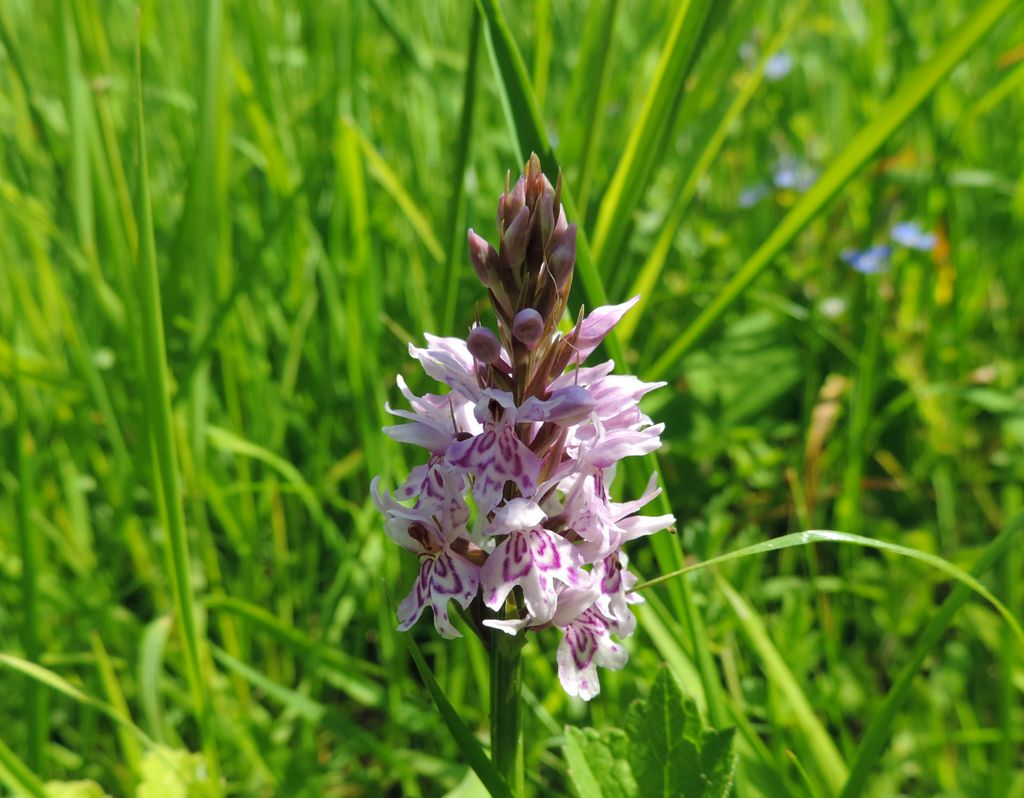

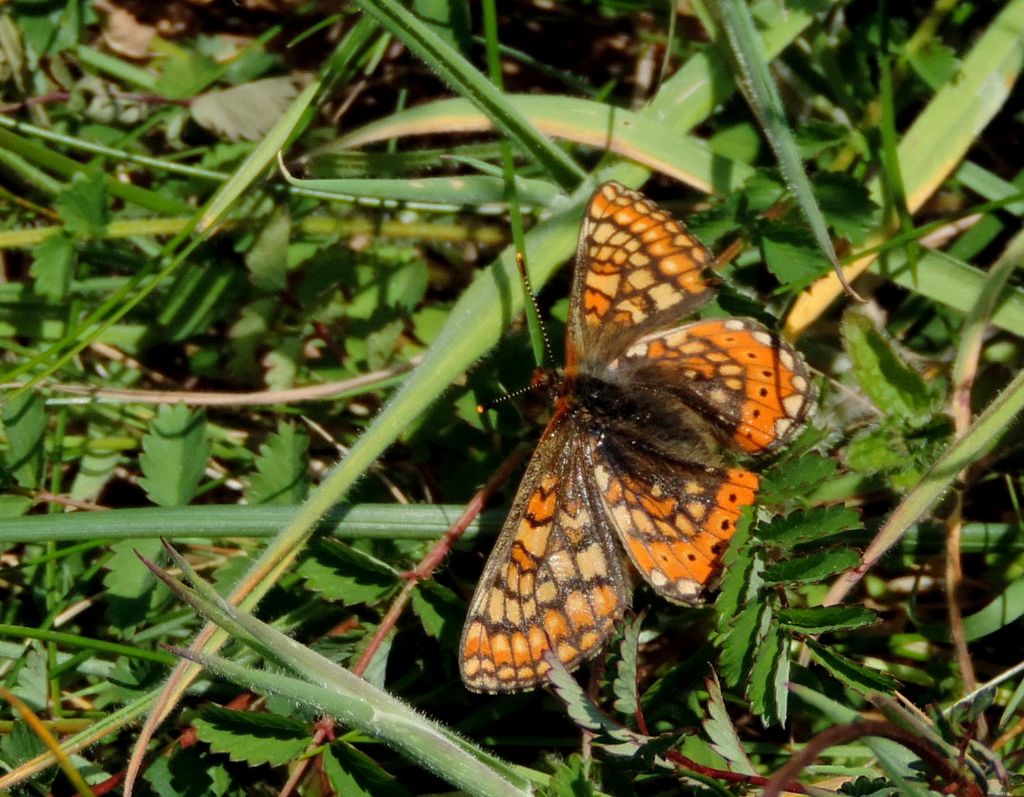
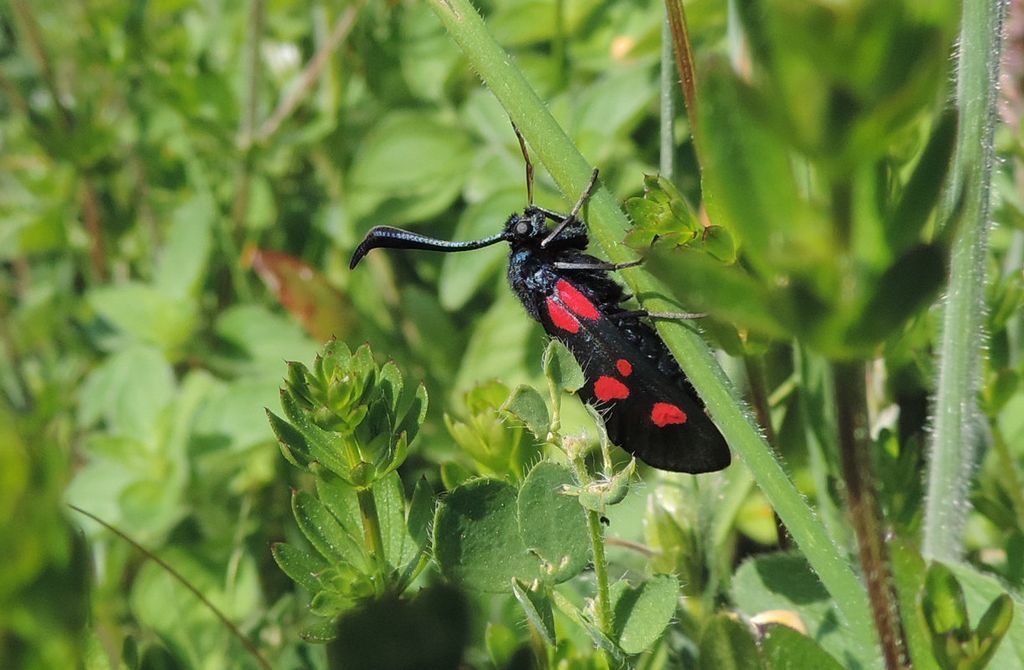
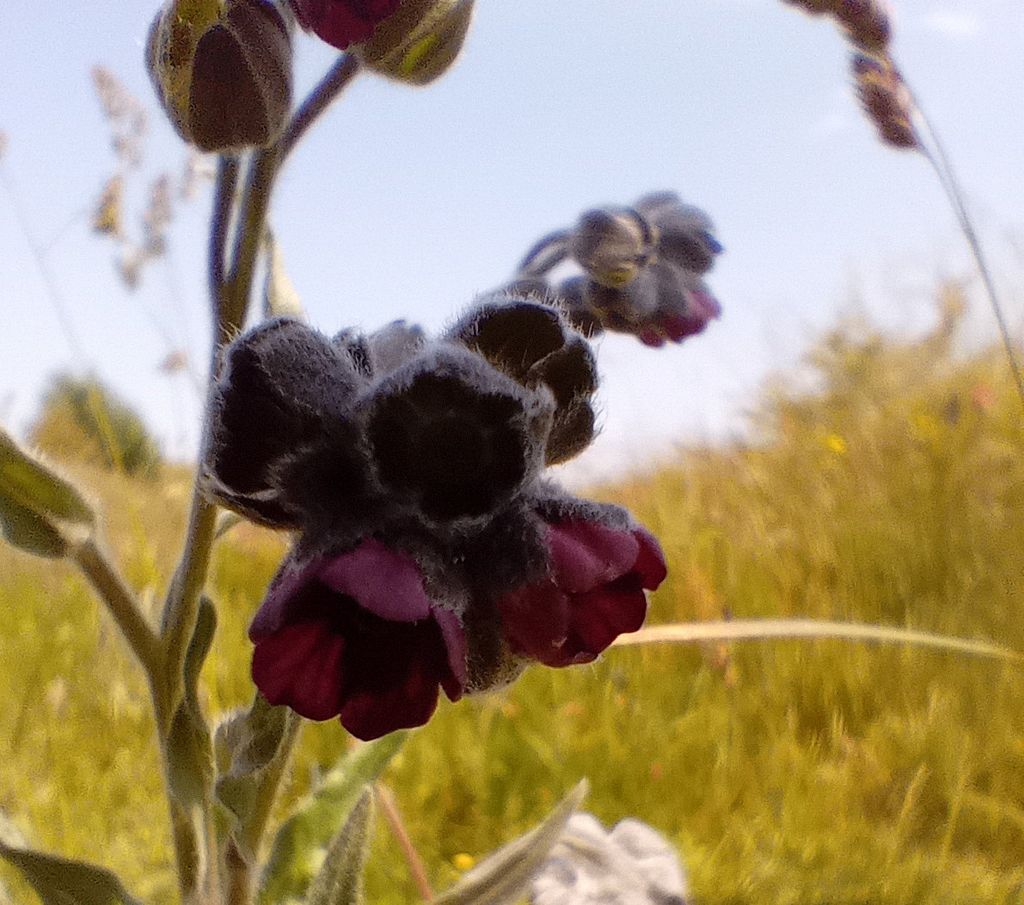
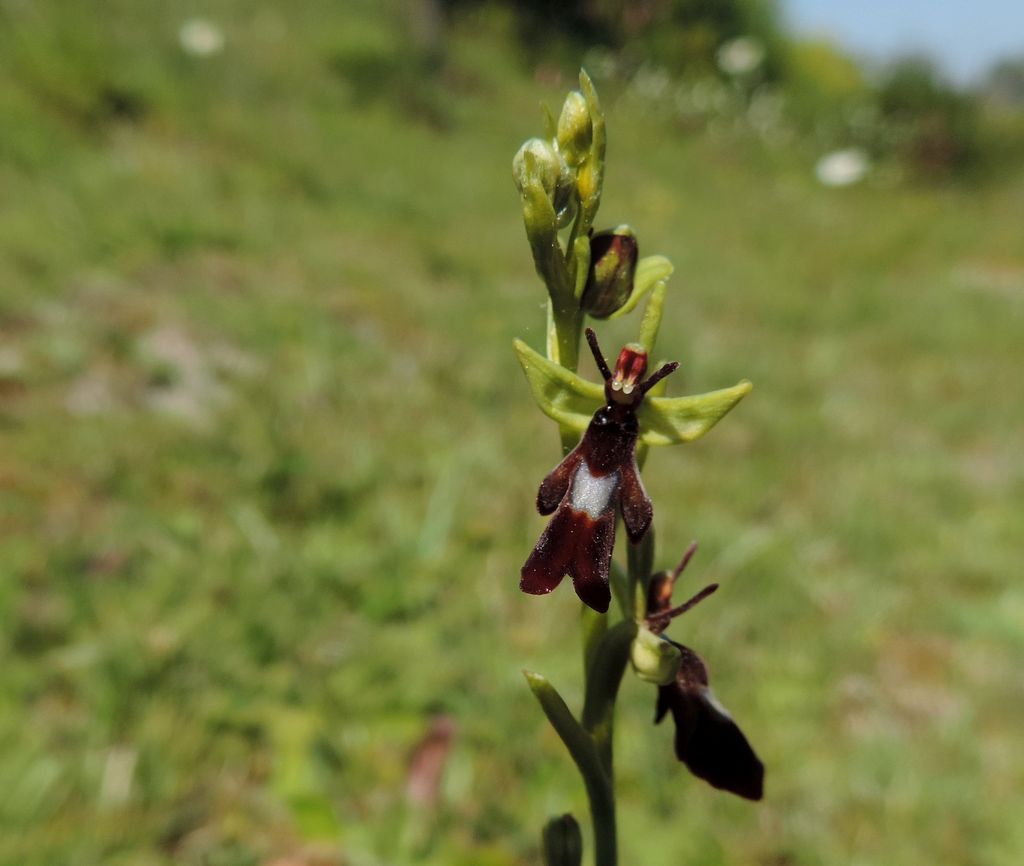
Pictures by Rob Stallard
